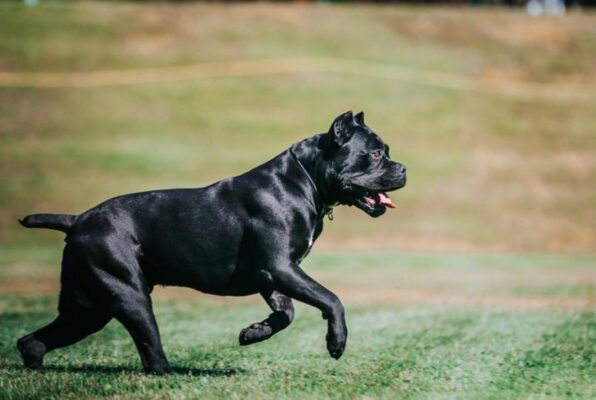When it comes to walking our four-legged companions, ensuring their safety and comfort is crucial. A dog harness is an excellent tool that offers better control and distributes pressure evenly, reducing the risk of injury. However, a poorly fitted harness can lead to discomfort or even escape. Here’s how to fit and adjust a dog harness correctly, ensuring every walk is as smooth as a summer breeze.

1. Understand Your Dog’s Needs
Before selecting a harness, consider your dog’s size, breed, and behavior. Some dogs may need a harness designed for pulling, while others might benefit from additional padding for comfort.
2. Choose the Right Type of Harness
There are several types of harnesses: back-clip, front-clip, dual-clip, and step-in versions. Each serves different purposes:
- Back-clip harnesses: Ideal for small, calm dogs.
- Front-clip harnesses: Useful for larger dogs or those prone to pulling as they provide more control.
- Dual-clip harnesses: Offer flexibility depending on different walking environments.
- Step-in harnesses: Great for dogs who dislike anything being put over their heads.
3. Correct Sizing Is Key
Measure your dog accurately, focusing on the girth and neck. Most harnesses come with sizing charts; ensure you refer to them. It’s better to err on the side of a harness being slightly too large rather than too small.
4. Adjust the Harness Properly
- Position the Harness Correctly: The harness should sit comfortably on your dog’s body. Front-clip harnesses should have their clip sitting at the center of the chest, while back-clip harnesses should have the clip between the shoulder blades.
- Check for Tightness: The harness should be snug but not too tight. You should be able to fit two fingers between the harness and your dog’s body.
- Adjust Straps Correctly: Ensure all straps are adjusted equally to avoid rubbing and provide balanced control.
5. Observe Your Dog’s Comfort
After adjusting the harness, observe your dog. They should walk naturally without any restrictions. Look for signs of discomfort like chafing or difficulty moving. If these occur, reassess the fit or consider trying a different type of harness.
6. Regular Maintenance
Check your harness regularly for wear and tear, particularly if your dog is energetic. Washing the harness periodically can also prevent dirt and bacteria buildup.
Final Thoughts
Taking the time to fit and adjust your dog’s harness correctly can make walks more enjoyable for both you and your furry friend. With the right harness and a bit of patience, you can ensure your dog’s safety while exploring the world together.
Happy walking!

